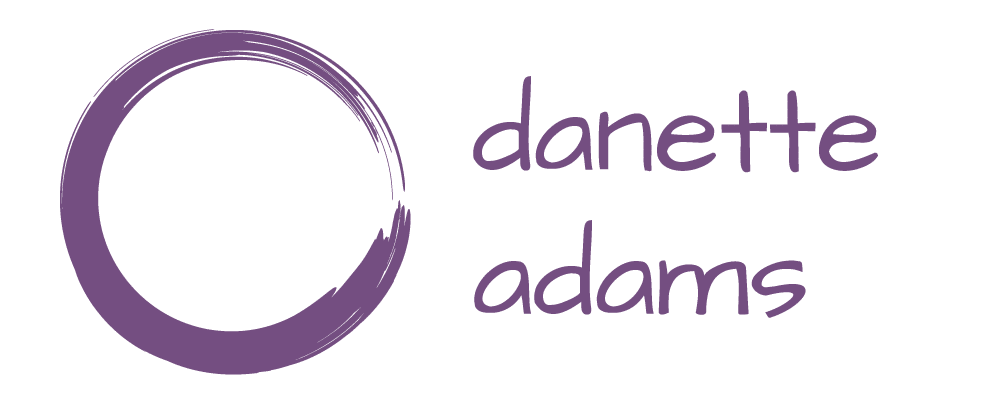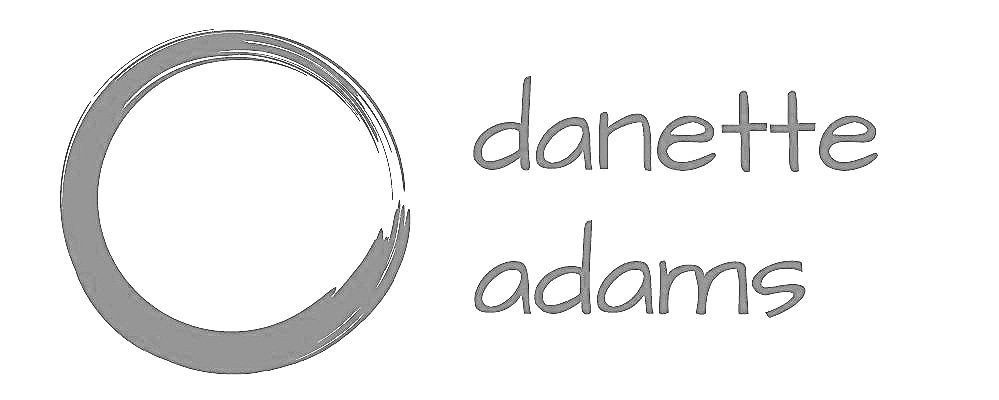where the wild things are - hidden beliefs exposed (part 1)
Hidden beliefs, core values and underlying assumptions are not quite so hidden from others as they are from ourselves. But to uncover them for us to see clearly, we need to look more deeply into where they hide.
Where did that come from?
Have you ever found yourself suddenly quite angry/ sad/ devastated/ ecstatic/ irritated/ fearful and much more so than the situation might typically call for?
Or found yourself taking someone’s comment or action personally and wondered why you were so upset about it?
What about experiencing the repetition of similar physical symptoms or obstacles at work or in relationships?
These are signals that hidden beliefs are secretly lingering in the deep, dark woods nearby. But what exactly are these beliefs that are informing your thoughts, words and actions? And are they beliefs that you still want to be informing your decisions?
Good questions.
How the mind works
What we truly believe lives quite happily in our subconscious where it co-exists with all the information we have been tucking away there since we were toddlers. The subconscious mind has the ability to receive and hold information that the conscious mind cannot. The information it holds all gets labelled as literal and true. So the filing cabinets of our belief system of literal truths sit there gathering dust while impacting our thoughts, word and actions without our expressed knowledge or consent.
Do you know what is in your filing cabinets?
If you haven’t visited your belief system filing cabinets for awhile now, how do you know what your beliefs are regarding:
- Death & Life after Death
- Love & Hate
- Work & Leisure
- Morality & Ethics
- Happiness & Success
- Physical Well-Being and Disease
- Gender & Roles
- Luck & Fate
How the hidden belief stays hidden
When we unwittingly react to situations, the helpful information about what we believe stays in the subconscious. When we choose to respond, we can bring the information to the conscious mind for processing.
On any given day, the following scenario takes place hundreds of times.
Situation
Thought
Feeling
Action
Result
A example of a brief interaction:
Situation — as you walk down the street, you are asked for spare change
Thought — “sure!” or “are you kidding me; get a job!” or “should I or shouldn’t I?”
Feeling — self-righteousness, judgement or resentment, fear or peace
Action — give, don’t give, or walk on
Result — a brief interaction with another human being for 15 – 30 seconds
What is not clear in this break-down of reaction to the request for money is the underlying beliefs that informed the thought and the eventual decision. Underlying beliefs about poverty, homelessness, work ethic, trust, money, your obligation and what others expect of you are wild things wandering in the forest of your subconscious mind and just waiting for an event where they can jump out to support a strong reaction.
If beliefs in your subconscious were placed there decades ago and are no longer useful then it is time notice our reactions and to transform them to responses.
Reaction to Response
In the above equation,
Situation
Thought
Feeling
Action
Result
THE ONLY THING WE HAVE COMPLETE CONTROL OVER IS OUR THOUGHTS
We can minimize exposure to some unwanted situations but we cannot predict or control every situation that we may face. We can have feelings that may occasionally be overwhelming but feelings are there to be felt so eliminating them is not ultimately helpful and, in fact, they can be very useful towards a greater sense of self-awareness. We can choose our actions but unless we know why we are acting (or reacting) the way we are, our choices are limited to those actions supporting our underlying, hidden beliefs.
To replace a reaction with response, we must consciously choose to pause before, during or after the “thought”. Even if we make it all the way to action before we realize we are in a full-blown reaction, the pause gives the chance to go back to the thought that triggered the reaction.
Pauses can be as short as three deep breaths, counting to ten or as much as stepping away from the situation to take a moment.
And what is hiding behind the thought that started the reactionary domino-effect to an unwanted action or result, is where all the wonderfully wild and transforming work is to be done.
Next time here, we’ll peek behind the thoughts and dig into common distorted thinking patterns that trigger unhelpful reactions to situations that could use a thoughtful response instead. We will eventually get to a process to work through to unpack the hidden beliefs behind distorted thoughts and strong reactions.
To prepare for digging deeper:
1. Practice noticing
Your words
Your body’s signals
Your thoughts
Your reactions
2. Practice the power of the pause
In line at the grocery store
In traffic
In difficult conversations
In situations that regularly get a strong reaction from you
In silence
3. Practice big belief evaluation
Consider your views of some of life’s larger issues
Consider when those beliefs were anchored
See you next time for more digging and exposing of hidden beliefs!


